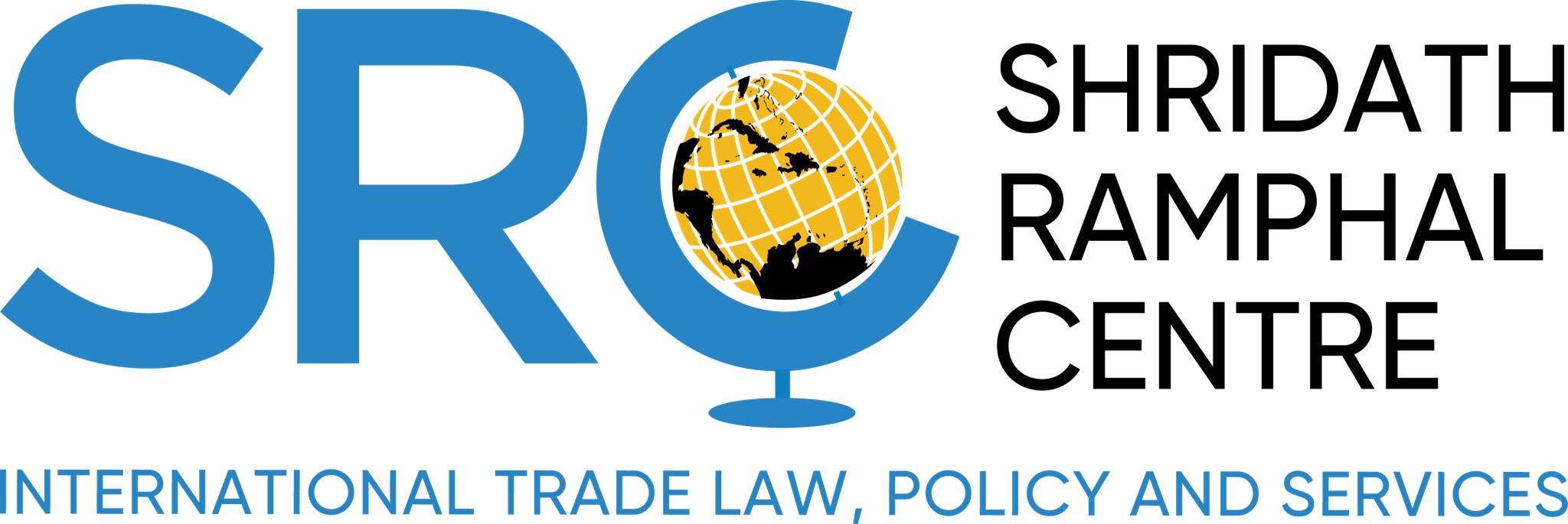By Alicia Nicholls
The World Trade Organization’s (WTO) upcoming 13th Ministerial Conference (MC13), takes place from February 26-29, 2024 in Abu Dhabi, United Arab Emirates (UAE), against the backdrop of a shifting global trade landscape marked by rising protectionism and geopolitical tensions, economic uncertainty and shipping route disruptions. Amid these challenges, there is some hope of the potential adoption of the Investment Facilitation for Development (IFD) Agreement as a plurilateral agreement under the WTO’s framework, contingent upon members reaching a consensus for same at MC13. While such an outcome remains optimistic and highly uncertain, its realization could inject a much-needed boost of confidence into the WTO – the institution charged with overseeing the rules-based multilateral trading system – and an institution seen as ‘broken’ in several of its functions.
Under the right conditions foreign direct investment (FDI) could be a useful tool for helping host countries achieve their development objectives, including through boosting economic activity, employment generation, and knowledge and technology transfer. However, investment disciplines have not traditionally been a primary focus within the WTO’s purview, having been relegated to the realm of the so-called ‘Singapore issues’. The notable exceptions are the limited provisions within the General Agreement on Trade in Services (GATS) and the Agreement on Trade-Related Investment Measures (TRIMS). However, investment facilitation has gained momentum in the WTO in recent times, in light of the structured negotiations which took place under the Joint Statement Initiative on Investment Facilitation for Development. In December 2017, a coalition of 70 WTO members endorsed a Joint Ministerial Statement on Investment Facilitation for Development during the organization’s 11th Ministerial in Buenos Aires. Since their formal launch in September 2020, participation in the negotiations subsequently expanded to encompass 118 WTO members – over two-thirds of its membership – culminating in the drafting of the IFD Agreement.
The IFD Agreement
The logic behind the IFD Agreement is the belief that by creating a more attractive investment climate, countries could attract a higher quantity and quality of FDI to support their development objectives. As such, the Agreement aims to enhance the transparency of regulatory measures, streamline administrative processes, and foster international cooperation to facilitate FDI flows among participating nations, particularly for sustainable development imperatives. Comprising seven distinct sections, its substantive provisions center on transparency in investment measures, administrative efficiency, regulatory coherence, special and differential treatment for developing and least developed countries, and the promotion of sustainable development.
The agreement applies to measures adopted or maintained by a Party relating to investment activities of investors of another Party. It applies to measures adopted or maintained by central, regional or local governments and authorities as well as non-governmental bodies in the exercise of delegated powers. It does not apply to government procurement or subsidies or grants of a party which are not available to an investor of another Member under that Party’s laws and regulations. It also does not cover issues of market access, investor protection or investor-State dispute settlement (ISDS), which are covered in international investment agreements, such as bilateral investment treaties and trade agreements with investment provisions.
Since no multilateral investment agreement exists, investment rule-making has been largely at the bilateral and regional levels through these IIAs. Older generation IIAs in particular have been controversial because they focus disproportionately on investor protection with few or no exceptions for States’ ability to regulate in the public interest. As such, they have been used successfully in many cases as the basis for multimillion dollar investor claims and awards against host States. A key concern for drafters of the IFD Agreement was to ‘firewall’ the Agreement from use in such claims. This included narrowing the Agreement scope, as well as the ‘firewall clause’ – Article 4 of the IFD Agreement – which seeks to prevent IIAs being used to interpret or apply the Agreement and from the Agreement being used to interpret any provision of an IIA or to be used as a basis for an investor claim.
The agreement has been hailed for the benefits that its implementation could make to development. However, critiques of the agreement’s text have been diverse. Chief among them is the perceived lack of robust sustainable development provisions, with the agreement’s provisions on responsible business conduct and anti-corruption measures being the sole notable highlights.
Second, despite valiant attempts by drafters, some concerns persist regarding the potential circumvention of the agreement’s intent through investor-state dispute settlement mechanisms, such as importation of favorable language via broadly worded Most-Favored Nation clauses within existing BITs which themselves have not been amended.
Third, apprehensions loom over the prospective high costs associated with implementation of the agreement given the large array of sectors and institutions that would be involved in its implementation. This is especially concerning for developing countries and least developed countries (LDCs) which face financial, human resource, technical constraints. It is therefore noteworthy that the special and differential treatment provisions include technical assistance and capacity building assistance for supporting developing countries and LDCs to implement the IFD Agreement. Additionally, the Agreement has adopted the ‘Box’ approach pioneered in the Trade Facilitation Agreement, allowing developing and Least Developed Countries (LDCs) the flexibility to designate which provisions they can implement relatively quickly, which they need time and which they need time and capacity building assistance to implement. Footnote 32 to the Agreement clarifies that for the purposes of the Agreement, “assistance and support for capacity building” may take the form of technical, financial or any other mutually agreed form of assistance provided”. Additionally, footnote 33 notes that assistance should also be provided to those Parties in undertaking self-assessments to determine the categorization of provisions for the implementation of the Agreement.
Next steps
A pivotal question pertains to the incorporation of the agreement into the WTO’s legal architecture. A Joint Ministerial Declaration on the IFD will be issued to finalise the IFD Agreement, at which time the text will then be able to be made public. While initial aspirations leaned towards a multilateral framework, current indications suggest a more realistic objective of adoption under Annex 4 of the Marrakesh Agreement as an open-ended plurilateral arrangement. Nonetheless, this trajectory still faces potential opposition from non-participating nations, notably India and South Africa, which have vehemently contested the legitimacy of JSI processes and their outcomes.
As mentioned, the Agreement’s aims to ultimately enhance the investment climates within the parties, particularly in developing and least-developed countries, with the intent of rendering them more appealing to investors. A more efficient and transparent business climate would increase the volume of FDI flowing into these countries but also the quality. Quality in this context refers to FDI that aligns with the developmental priorities of the country. This distinction is paramount, as investment is recognised as one of the sources for financing the achievement of Sustainable Development Goals (SDGs) within nations.
So where do CARICOM countries stand on this? Presently, six CARICOM member states (Antigua & Barbuda, Barbados, Belize, Dominica, Grenada and Suriname), as well as the Dominican Republic, are among the 118 countries which have formally engaged in negotiations. Each confronts the need of weighing the benefits against the implementation costs and the prospect of subjecting certain provisions to the WTO’s dispute settlement mechanism. In this respect, the needs-assessment will be key for helping Parties ascertain what are the possible gaps and the areas in which they would need technical assistance, which would be critical to their identification of provisions as A, B or C.
In conclusion, the impending 13th Ministerial Conference of the WTO will be a crucial one. The potential adoption of the Investment Facilitation for Development (IFD) Agreement offers the prospect of enhancing transparency, streamlining administrative processes, and fostering international cooperation in facilitating Foreign Direct Investment (FDI) flows among participating nations, particularly for sustainable development imperatives. While uncertainties persist regarding its realization and implementation, the IFD Agreement represents a crucial step towards revitalizing faith in the WTO’s role in overseeing the multilateral trading system and as a collective effort towards facilitating investment to promote inclusive and sustainable economic growth. Participating nations, including several CARICOM member states, must weigh the benefits against the costs and complexities of implementation, the emphasis on needs assessment and technical assistance becomes paramount.
Alicia Nicholls is the Junior Research Fellow at Shridath Ramphal Centre for International Trade Law, Policy and Services of The University of the West Indies, Cave Hill. Learn more about the SRC at: www.shridathramphalcentre.org.


